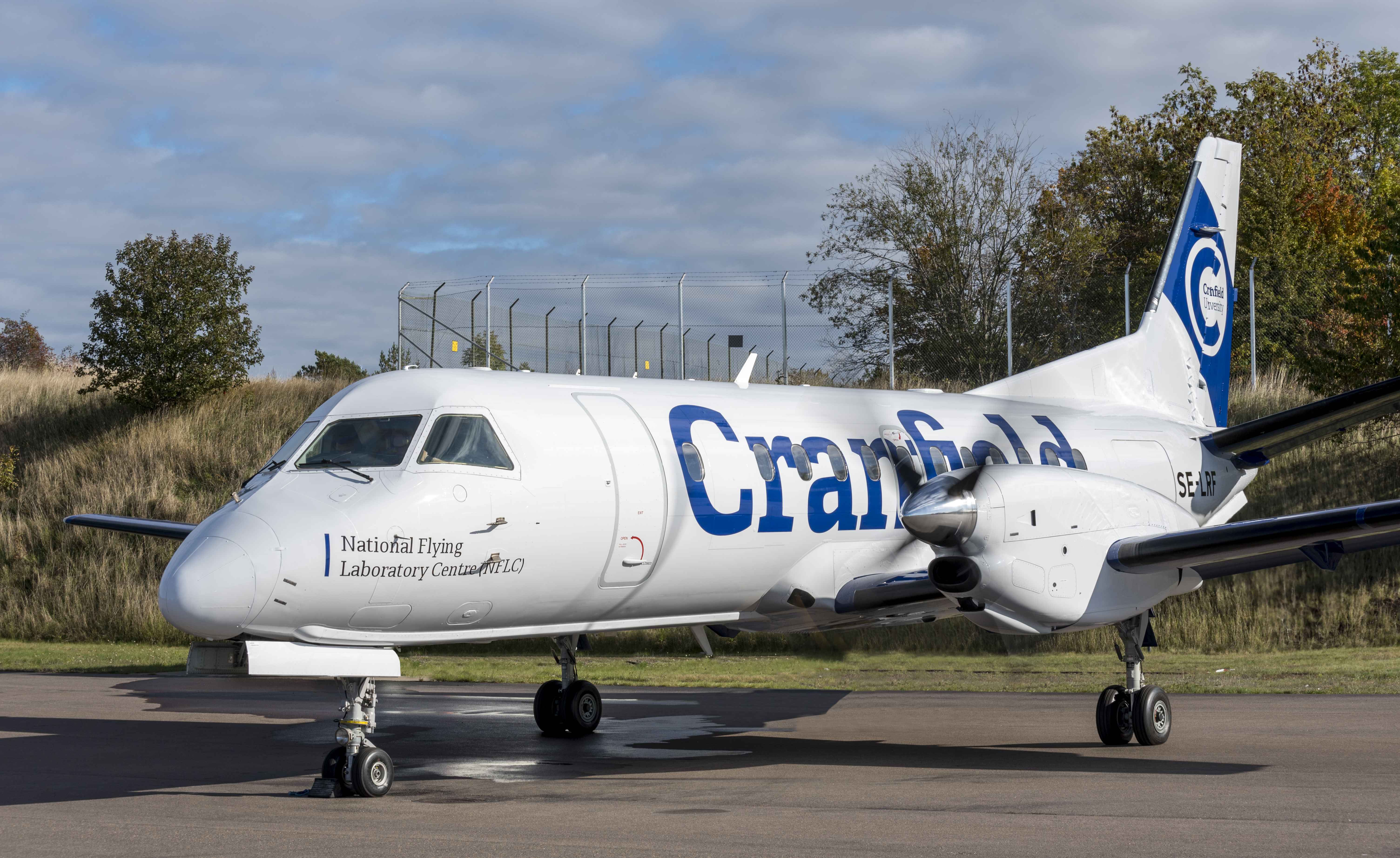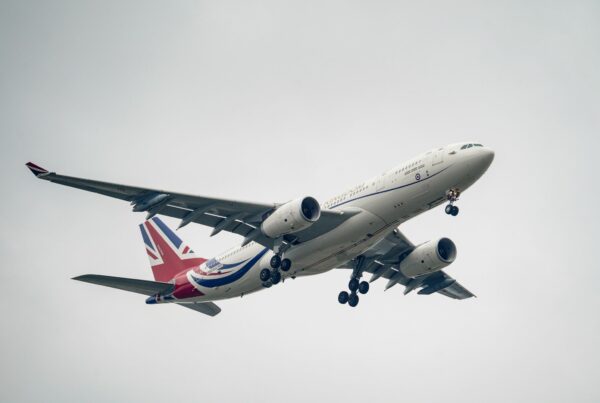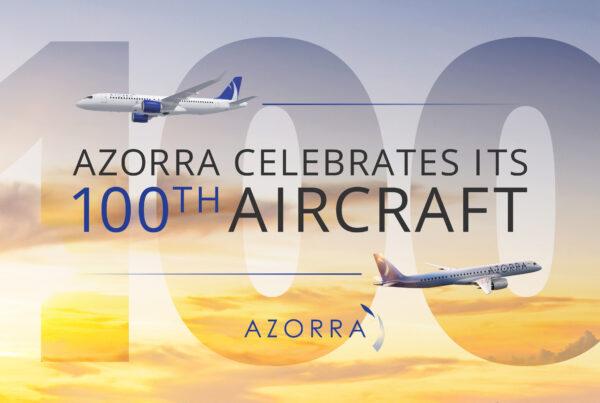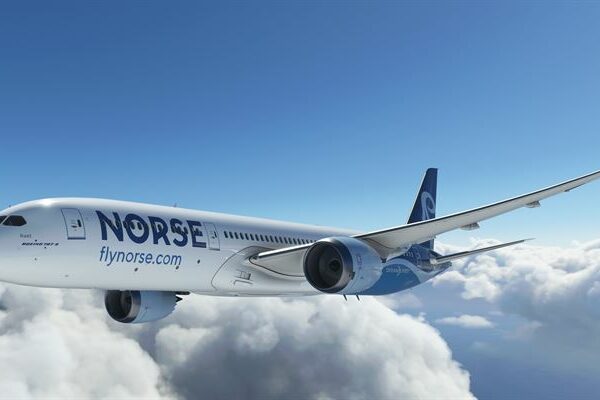The expansion of the Cranfield University flying fleet draws closer as its newly acquired Saab 340B plane has received its registration number and the two pilots have successfully completed their flight training.
The Saab 340B was transferred to Cranfield University’s ownership 12 months ago. It is the latest edition to the National Flying Laboratory Centre (NFLC) fleet at the University.
To operate and manage the aircraft under the UK Civil Aviation Authority’s requirements, the University needed to re-register the aircraft with a prefix of ‘G’ showing it as a UK registration. This is now complete with the plane carrying the registration of G-NFLB.
The NFLC operates all Cranfield’s aircraft, including the flying engineering laboratory – or, flying classroom, a facility virtually unique in the European academic sector and used to support teaching, research, and consultancy.
The plane is replacing the existing Jetstream 31 and being larger, will allow for teaching and research with minimum reconfiguration.
Cranfield has been successfully fundraising to make the necessary modifications to the Saab aircraft, progressing towards a £3 million target, since April 2019. The fundraising is an opportunity for alumni and friends to sponsor an aircraft part ensuring that future generations of students and researchers can benefit from the facility.
The modifications will ensure the aircraft is upgraded from a standard commercial plane to a fully bespoke facility, with all the technical equipment necessary to ensure the testing of the boundaries of aviation. Students will be able to undertake flight test engineer roles and benefit from a range of in-flight experiences.
The two former RAF pilots who work for NFLC are Rob Harrison, who flew the Jaguar, and Si Davies who flew the Tornado and is also a qualified Test Pilot. They have successfully completed type rating training in a 340 simulator in Sweden in an extensive four-week programme. Rob Harrison said: “The Saab provides a significant increase in capability for NFLC and Cranfield University. It is a larger aircraft and will allow us to fly more students as part of their engineering and aerospace courses. It also allows us to carry out more research and industrial collaboration work.”
As well as the increased size, the students who fly in the Saab will have improved interface between them and the aircraft. The flight data is captured and displayed on a computer tablet mounted into the headrest of the seat in front of the student. This will show information such as aircraft speed, engine performance, angle of attack and angle of sideslip. All this information is used to analyse the aircraft performance and can validate the students’ theoretical studies.
The relationship between Saab and Cranfield is well established with the University opening the first UK digital control tower at Cranfield Airport in December 2018. Supplied by Saab Digital Air Traffic Solutions, the innovative technology replicates what can be seen through the windows of a traditional air traffic control tower. Saab is also a partner in the Digital Aviation Research Technology Centre (DARTeC) at Cranfield.










